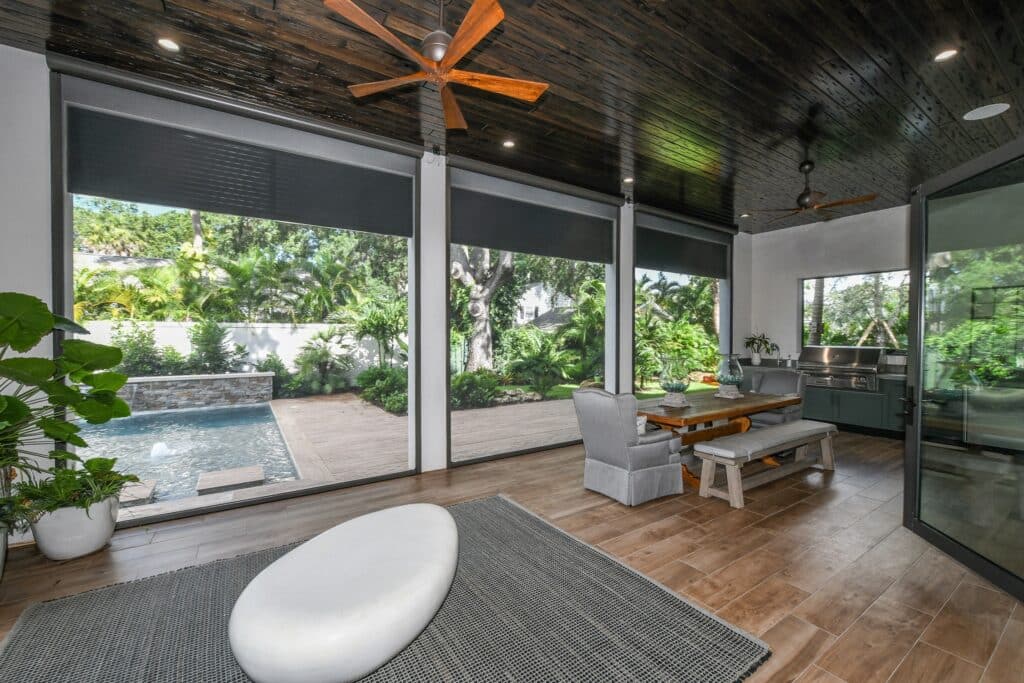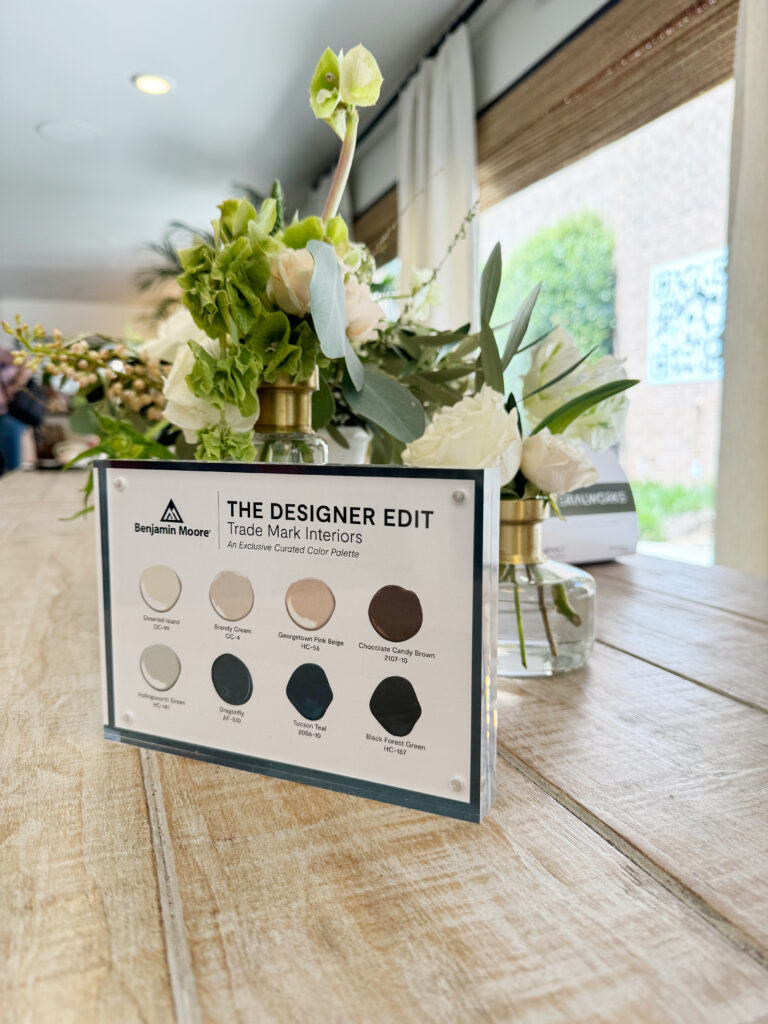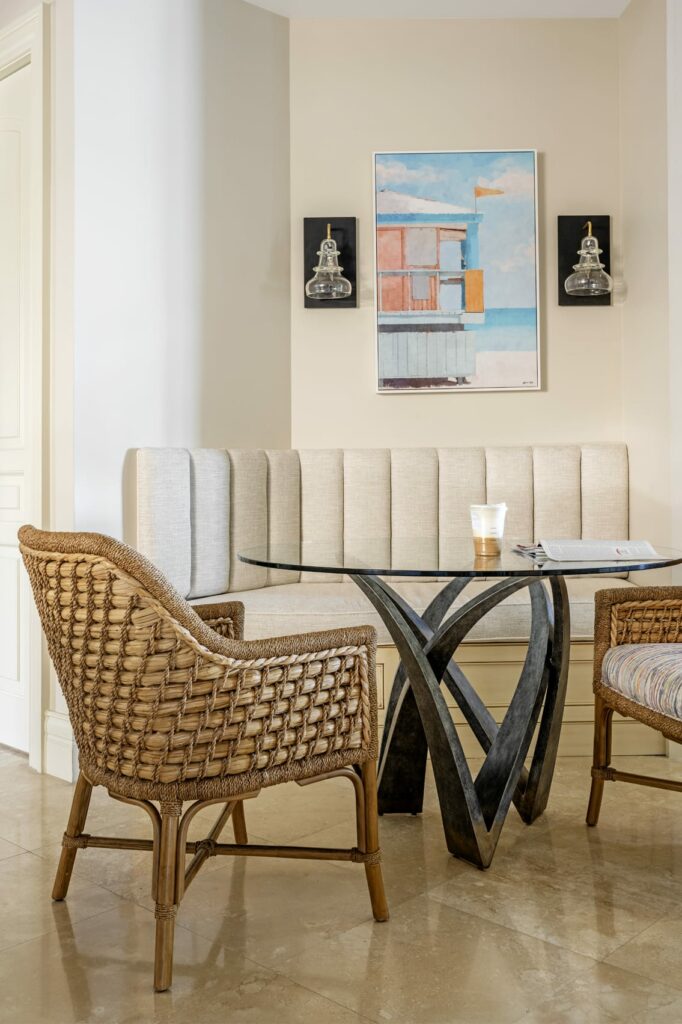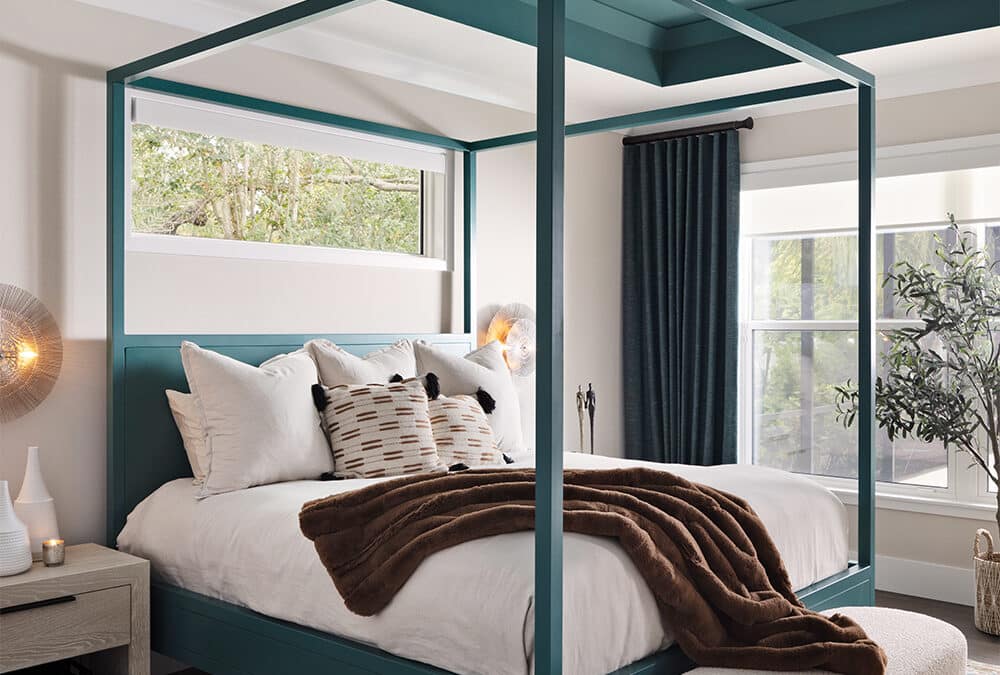When choosing the perfect paint palette for a new construction project, would you know where to start or what to consider before making your selections? It’s a chance to set the tone and personality of a space while ensuring it complements the architecture and design seamlessly. Whether you’re selecting paint for your residential home or commercial business, your chosen hues can significantly impact the ambiance and overall feel. Which is why, we’re sharing our insight into the art of selecting paint palettes for new construction projects.
Tip 1: Understand the Space
Before diving into color swatches, it’s crucial to understand the space’s purpose, architecture, and the ambiance you wish to create. Here are some points to consider:
a. Functionality:
Ask yourself questions like:
- What is the primary purpose of the space? Will it be a living area, workspace, bedroom or something else?
- Are there specific lighting needs or architectural features to highlight or downplay?
b. Architecture and Design:
Here are some questions to think about when it comes to your space’s architecture and design:
- Does the space have unique architectural elements that could influence color choices?
- What is the overall design style—modern, traditional, industrial, etc.?
c. Mood and Ambiance:
How you envision your environment to feel requires some thought around the following:
- What emotions or atmosphere do you want to evoke in the space? Serenity, vibrancy, coziness?
- How do you want the space to feel—airy and spacious, warm, and intimate, or bold and energetic?
Don’t just paint your space, transform it! By taking into consideration these factors, you’ll have a better understanding of your environment and how certain paint selections can enhance or inhibit the look you are trying to achieve.

Tip 2: THEN, Choose Your Palette
When choosing the palette for your space visualize this process like painting a beautiful work of art. You’ll start with your base and slowly build on each layer to enhance certain features while giving variety to establish a hierarchy and enhance the flow of your surroundings. Earlier this year, we partnered with Benjamin Moore to create an Exclusive Curated Color Palette. As you continue to read, you’ll notice the neutral foundations, accent colors, complementing tones, and how they cohesively interact. Learn more about our collaboration on our Instagram.

We explore this idea of color selection and color theory even further with our credited CEU course, “Psychology of Color” available at The Designer Launch. If you’re looking to learn more connect with us and discover the endless possibilities when it comes to all things color.
Here are some tips when it comes to selecting your color palette:
a. Begin with Neutral Foundations
Start your paint selection journey with neutrals for foundational areas like walls and ceilings. Whites, off-whites, soft grays, or light beige tones can create a versatile base, allowing flexibility in décor and furniture choices.
b. Incorporate Accent Colors
Consider using accent colors for specific areas or features to add personality. These could be bolder shades that complement the neutral base or create focal points. For instance, deep blues, rich greens, or warm creams can add character to different rooms or architectural elements like accent walls, trimmings, or doors.
c. Layer In Complementing Shades:
Ensure the chosen colors complement each other. Use color swatches or online tools to visualize how different hues work together. Consider the undertones—cool, warm, or neutral—to maintain a cohesive look throughout your environment.
d. Natural Light Considerations:
Natural light affects how colors appear in a space. This is why we recommend testing paint swatches in the actual space and observing how they look during different times of the day. Some colors might appear different in artificial lighting compared to natural light.
Lighting considerations are crucial because depending on the environment’s access to a natural light source could determine how much control you have over its influence on your paint selections, which could affect how you engage with your environment.

Tip 3: Make Thoughtful Decisions
a. Samples and Test Areas:
Always test paint colors on the walls before committing. Small patches or sample boards in various parts of the room can help visualize how the colors will look once applied. This will save you time and money if the result is not what you had imagined.
b. Enhance the Flow:
Ensure a cohesive flow between different areas of the property. While each room can have its personality, maintaining a sense of unity through color coordination can create a harmonious atmosphere.
c. Seek Out a Professional:
If you’re still not quite convinced this is something you want to take on, consider consulting with our team. We can offer tailored insights and suggestions based on your preferences and your home’s characteristics. Having an outside perspective can provide a fresh point of view and focused lens on points you may not have considered.
d. Make it Last or Embrace the Change:
Trends come and go, so it’s important to consider where you are and how often you wish to update your paint selections. Reflect on whether your chosen hues offer timeless style or if they might require frequent updates to stay current with the times and your preferences. As humans, we are forever changing and growing, so our spaces should flex and support our lives as those changes come. If something doesn’t feel right or you feel yourself detaching from something you use to enjoy or utilize frequently, it may be time for a change.
Selecting paint palettes for new construction involves a mix of personal taste, design principles, and an understanding of the space’s nuances. It’s an opportunity to infuse life and character into a home while ensuring it aligns with its intended purpose and aesthetic. By thoroughly considering the space’s function, architecture, mood, and testing colors, you can create an inviting and harmonious environment that resonates and supports everyone. Connect with us if you’re considering embarking on a new construction journey. We would love to guide you in navigating the fulfilling process of truly understanding yourself and how you intend to thrive within your domain.
